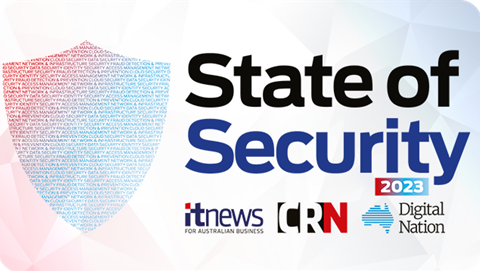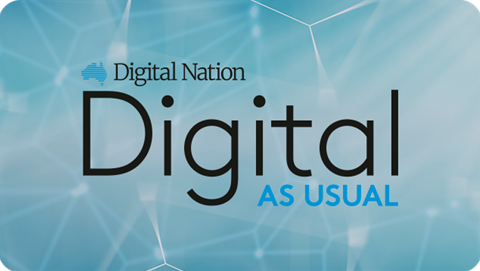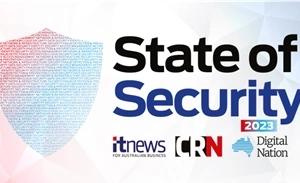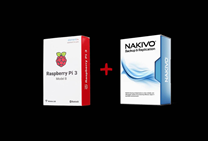The education sector has undergone its most dramatic transformation in modern history, as a result of the global pandemic.
Once considered a traditional sector, and a laggard when it came to digital transformation, education has dramatically accelerated its adoption of digital technologies in the last 18 months, in order to weather the COVID storm.
According to David Caspari, CEO of Janison Education Group, “There is nothing that has transformed education and the move to digital online in the sector’s history as great as what COVID has done. COVID has accelerated a decade’s worth of digital transformation into 12 to 18 months. And it's permanent.”
Not only have schools and universities mirrored the business world and turned to collaboration tools like Zoom and Microsoft Teams for teaching and learning, but investor dollars have poured into the sector, with a rush of billion dollar companies (unicorns) surfacing in education technology.
According to Fiona Robertson, partner at tech specialist bank North Ridge Partners, “We’ve got 32 education technology unicorns, 18 of those hit the unicorn list in 2021 alone, which is just outstanding. Of the 32 unicorns today, they've raised a total of $20 billion over the last 10 years, and their total valuation is $92 billion.”
“Pretty staggering stats for what we commonly refer to as a traditional sector, right. Like you never really would have thought that technology would have been able to revolutionise the education space.”
The fact is, that even as school kids begrudgingly go back to their classrooms, and parents celebrate their new found freedom, the transformation that has taken place during the pandemic has set in motion an adoption of technology that is here to stay.
As we emerge from the pandemic, much like workplaces, the future of education is also hybrid.
“I think the reality is setting in for education systems that there is no post COVID. There is an endemic COVID that is coming and the reality is that the education systems have to deal with the questions of continuity of education. Parents are going to be well within their rights to choose for personal health reasons to have their son or daughter stay at home on any day,” says Caspari.
“So there's no other choice but to face into the reality that education is going to be hybrid. And if implemented effectively, will provide better, more authentic, more engaging, more collaborative experiences for learners.”
According to Adam Brimo, CEO of OpenLearning, as a result of COVID there is a broad acceptance of the benefit that technology has played in either replacing or complimenting traditional learning environments.
“We have to accept that the outcomes being achieved, can be the same or similar to what was done previously. Because if we don't accept that, then effectively most of the world would have to repeat one or two years of education. So I think there's a broad acceptance that's occurred and that will stick with us,” he says.
The necessity of continuous learning is a sentiment echoed by Didier Bonnet, affiliate professor of strategy and digital transformation at IMD Business School, especially when it comes to professional development.
Bonnet argues that the lifecycle of a skill is becoming shorter, highlighting the need for varied methods of training and upskilling.
According to Bonnet, “The learning needs to be more and more continuous and very few organisations were prepared for that. It was driven by HR learning and development functions that were pretty, I would say standardised in terms of how you deliver training. So I think we're seeing that changing a lot.”
Organisations are rethinking how they can nurture skills and provide continuous learning opportunities for their workforces, says Bonnet.
One professional development tool that has emerged as a result of digital transformation of education is micro-learning.
According to Robertson, micro-learning is an attractive, cost effective and time efficient opportunity for upskilling.
“Micro learning is taking snippets of courses and doing them in bite-sized chunks. So if you think of a comparison, going to university, you do a three or four year degree, and you spend hours in the lecture halls and hours studying to complete assessments. Today its literally snippets that you can do quickly on your computer, or in many cases, even on your smartphone. So you're doing five or 10 minute chunks of learning. And you're able to do things in a multi-layered approach, building upon the last course that you've done,” says Robertson.
Micro-learning uses digital mediums like video and podcasts to allow students and professionals to upskill or retrain through short, digestible content.
This type of education tool was spurred on during the pandemic as organisations sought to deliver information in effective and efficient ways.
“For doctors and nurses, what you also saw during COVID, particularly in the earliest stages, is individuals themselves being able to create through certain platforms, some courses that were five or 10 minutes, and it might have been how to effectively wash your hands. Or it might be a briefing on the latest developments of COVID. And how you can apply that practically in the workforce,” she says.
While plenty of educative content has surfaced online throughout the digital transformation of the sector, Brimo cautions that access to content does not equate to quality of education.
“Just having access to the content doesn't mean you will be able to learn it. And I think that is the challenge that we are facing in the world today, as education moves online, there's significant access to content, but content in and of itself isn't an education,” says Brimo.
“What makes an educational experience effective is the ability for people to go through a somewhat more structured process, actually undertake projects and activities, you know, learning by doing effectively, working with other people to solve problems, to develop their thinking skills, and to do that in an environment which is both safe and constructive.”
Bonnet argues, for education to be effective, it needs to be fit for purpose, providing a range of methods to suit various teaching and learning styles.
“People learn in different ways, right? Some people are visual, some like numbers, some like short courses, some like you know, want to spend time watching long videos or short. So because there are different types of learners, we need to provide the option, or the optionality for these people to find the right learning journey for them,” he says.
One of the benefits of this digital transformation journey in education, according to Caspari, is that it is allowing for more robust learning experiences for students, and can better target the needs of individuals.
One of Janison Education’s focusses is delivering online assessments. Caspari describes this as a “fundamentally better experience for students.”
“Firstly, an assessment is about really trying to engage a student, and to get the most out of them. And pen and paper is a very one dimensional way of doing that. For the University of London, we run their cardiology exams, and you can visualise this, a screen with a pumping heart with an electrocardiogram. Being able to be asked questions about diagnostic using multimedia, you know, questions and test items, provides a much, much more engaging and authentic test experience, which gets the most out of the student.”
Caspari says that not only can students interact with the stimuli in more engaging ways, but the technology can respond to them in real time, in a process known as “branching”.
“An online assessment allows, depending on how a student is progressing, if they're answering the tough questions, they can branch and it can evolve and become a more tuned assessment for that individual,” says Caspari.
“But equally, for those that you know, are struggling to respond to some of the questions and respond to some of the stimuli, an assessment should be able to adapt to engage those who are not so academically inclined, and give them the opportunity to participate in a good, rewarding and ultimately motivating assessment experience.”
“None of this is possible without digital and without going online.”















